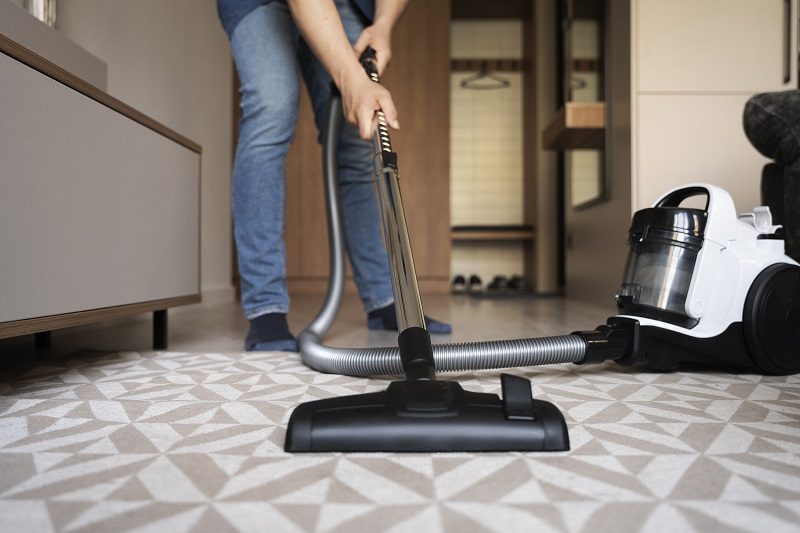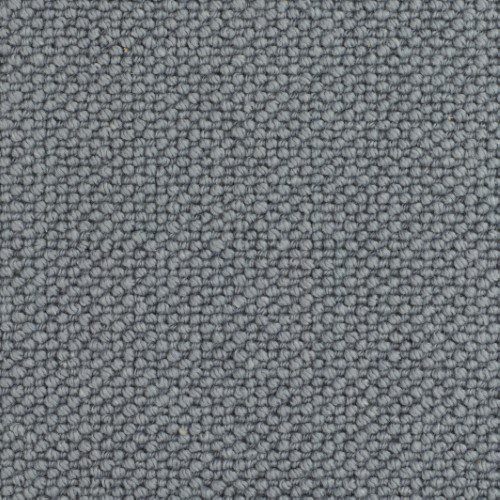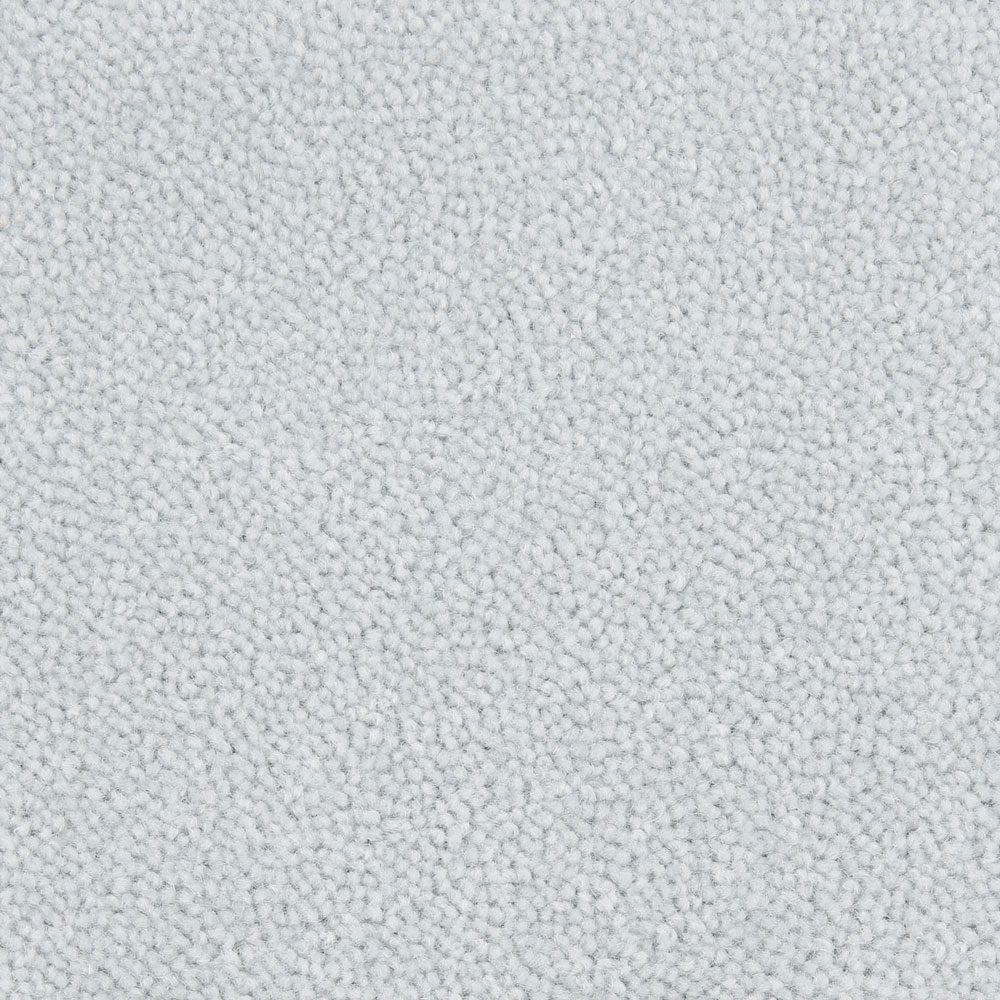Carpets are an essential part of our homes, adding warmth and comfort to any room. However, they are also prone to damage from spills, stains, and heavy foot traffic.
To maintain the beauty and longevity of your carpets, it is important to protect them. This article will explore different methods such as using polythene sheets, protection board, shoe booties, and carpet protection film.
It will provide tips for how to protect carpet in various scenarios like at entrances, when painting baseboards, moving, painting walls, and decorating. By following these tips, you can ensure that your carpets stay looking their best for years to come.
Why Is It Important to Protect Carpets?
Protecting your carpet is vital to maintain its longevity and appearance. Regular protection not only safeguards the carpet from damage but also ensures the preservation of its fibres and wear patterns.
Proper carpet protection helps in maintaining a healthy indoor environment by preventing the accumulation of dust, dirt, and allergens within the carpet fibres. Areas such as high-traffic zones, under furniture, and near entrances are particularly susceptible to wear and tear and thus require targeted protection measures. By using appropriate cleaning products and implementing strategies like area rugs, furniture coasters, and regular vacuuming, you can significantly reduce the risk of stains, fading, and matting in the carpet over time.

See product: Abingdon Deep Feeling Glacier
How to Protect Carpet with Different Methods
There are several effective methods to protect carpets, including the use of protection boards to shield carpet fibres from the weight of furniture legs. By strategically placing these boards, you can distribute the weight of heavy furniture and prevent damage to the underlying carpet, ensuring its long-term durability and appearance.
Protection boards serve as a barrier against spills and stains, acting as a safeguard between the carpet and any potential liquid hazards. Their durable material offers reliable protection while allowing for easy movement of furniture without causing friction or damage to the carpet fibres.
These boards come in a variety of sizes and styles to accommodate different furniture shapes and sizes, ensuring comprehensive coverage for all pieces in the room. By incorporating protection boards into your carpet maintenance routine, you can significantly extend the lifespan of your carpet and maintain its pristine condition for years to come.
1. Using Polythene Sheets
One effective method for protecting carpets is to use polythene sheets at entrances, especially in high-traffic areas or new homes. These sheets act as a barrier against dirt, debris, and moisture, helping prevent carpet damage and maintaining the carpet’s pristine condition.
Polythene sheets are particularly beneficial for keeping carpets clean and free from stains caused by muddy shoes or spills. By placing these sheets strategically at doorways and corridors, homeowners can significantly reduce the wear and tear on their carpets, prolonging their lifespan.
These protective sheets are easy to install and replace, making them a cost-effective solution for maintaining the beauty of carpets in residential settings. The transparent nature of polythene allows the carpet’s design to show through, ensuring that the aesthetic appeal is not compromised.
2. Using Protection Board
When painting skirting boards, it is essential to use protection boards to shield the carpet fibres from paint spills. These boards not only protect the carpet but also ensure that the furniture legs are safeguarded from any potential damage during the painting process.
By utilising protection boards, you create a barrier that prevents paint from seeping onto the carpet fibres, which can be challenging to clean once dried. Likewise, the boards act as a protective shield for the furniture legs, reducing the risk of accidental paint transfer or scratches.
3. Using Shoe Booties
To safeguard carpets when moving furniture, consider using shoe booties to protect against furniture legs damage. These booties provide a simple yet effective solution to prevent scratches and marks on the carpet caused by moving heavy items across the floor.
Not only do shoe booties shield the carpet from potential harm, but they also play a vital role in maintaining the integrity of furniture legs. By encasing the furniture legs in a soft, non-abrasive material, these booties act as a barrier that minimises friction and impact on both the carpet fibres and the furniture. This step is crucial in preserving the aesthetic appeal of both the carpet and the furniture, ensuring that neither sustains any unsightly damages during the moving process.
4. Using Carpet Protection Film
When painting walls, utilising carpet protection film is an excellent way to safeguard the carpeted areas from paint splatters and spills. This transparent film adheres to the carpet surface, providing a protective barrier that can be easily removed once the painting task is complete.
The benefits of using carpet protection film go beyond just preventing paint damage to your carpets. Not only does it safeguard the carpets from spills and splatters, but it also saves you time and effort in cleaning up after painting. By using this film, you can maintain the pristine condition of your carpets, ensuring they remain free from any unwanted paint marks. This added layer of protection is a cost-effective solution to extend the lifespan of your carpets and keep them looking as good as new.
How to Protect Carpets at Different Scenarios
Protecting carpets in various scenarios requires a combination of preventative measures such as using carpet protectors, area rugs, and furniture pads. These tools not only safeguard the carpet from damage but also contribute to overall carpet maintenance and longevity.
Regarding protecting carpets, investing in high-quality carpet protectors is crucial to shield against spills, stains, and wear in high-traffic areas.
Strategically placing area rugs in key locations can help reduce direct foot traffic on the carpet, minimising wear and tear over time.
Using furniture pads under heavy furniture pieces prevents indentations and friction that can damage the carpet fibres underneath.
1. Protecting Carpets at Entrances
How to protect carpet at entrance? Protecting carpets at entrances is crucial to preserving their integrity and appearance.
By implementing proper carpet protection measures, you not only safeguard the beauty of your carpets but also extend their lifespan. Different carpet types, such as plush, berber, or cut pile, have varying needs when it comes to protection.
For instance, plush carpets may require more frequent cleaning at entrances due to their luxurious pile construction, while berber carpets are known for their durability but may still benefit from barrier mats. Understanding the wear patterns in your specific area allows you to target protection where it’s needed most, preventing premature wear and tear.
2. Protecting Carpets When Painting Baseboards
How to protect carpets when painting baseboards? When painting skirting boards near carpets, it’s essential to take precautions to protect the carpeted areas. Using appropriate materials and ensuring even weight distribution can help prevent accidental spills and damage to the carpets during the painting process.
One of the key materials to use for protecting carpets during skirting board painting is dust sheets. These thick, durable fabrics create a barrier between the paint and the carpet, minimising the risk of stains or damage.
Additionally, adhesive tape can be used to secure the dust sheets in place to ensure complete coverage and protection. When painting, be conscious of your movements and distribute your weight evenly to avoid shifting the dust sheets and exposing the carpet. Learn more about how to paint skirting boards with carpet.
3. Protecting Carpets When Moving
How to protect carpets when moving? Protecting carpets during furniture relocation involves considerations such as weight distribution and protecting high-traffic areas. By implementing proper strategies and precautions, you can prevent damage to carpets caused by the movement of heavy furniture items.
Another approach is to lift and carry furniture when possible instead of dragging it across the carpet. This helps in preserving the carpet fibres and prevents compression in specific spots.
Placing protective materials such as carpet runners or furniture pads along the pathways where furniture will be moved can add an extra layer of defence against scratches and indents.
4. Protecting Carpets When Painting Walls
How to protect carpets when painting? When painting walls near carpets, it’s essential to shield the carpeted areas from potential damage. Using carpet protection film and relocating heavy furniture can help protect the carpet from spills and other painting-related mishaps.
Carpet protection film is a transparent adhesive film that can be easily applied to carpets to create a protective barrier against spills, drips, and debris during painting projects. This film not only safeguards the carpet fibres from getting stained or damaged but also ensures easy cleanup after the painting job is completed.
Relocating heavy furniture away from the walls being painted prevents accidental bumps and spills that could lead to permanent carpet stains. By clearing the work area and covering the remaining furniture with dust sheets, you can minimise the risk of paint splatters reaching the carpeted surfaces.
5. Protecting Carpets When Decorating
How to protect carpets when decorating? When decorating a room with furniture, it’s crucial to protect the carpets from potential damage caused by furniture legs. Using protective covers or pads under furniture legs can prevent indentations and preserve the carpet’s appearance.
These protective measures not only safeguard the carpet from scratches and dents but also help in maintaining its longevity. Choosing quality covers or pads specifically designed for this purpose ensures effective protection without compromising on style. Utilising felt pads can offer a soft buffer between the furniture legs and the carpet fibres, minimising the risk of permanent marks.
Tips for Effective Carpet Protection
Effective carpet protection involves regular cleaning and maintenance practices such as thorough hoovering, the strategic placement of rugs and mats, and implementing a no-shoes-indoors policy. By following these tips, you can preserve your carpet’s quality and longevity.
Regular cleaning is crucial for removing dirt, dust, and allergens that can accumulate deep within the carpet fibres over time. This not only enhances the appearance of your carpet but also improves indoor air quality. Utilising rugs and mats in high-traffic areas can help minimise wear and tear on the carpet, acting as a barrier against dirt and moisture.
- Consider using machine washable rugs for easy maintenance.
- Rotate your rugs periodically to ensure even distribution of foot traffic.
Implementing a no-shoes policy indoors can significantly reduce the amount of dirt and debris brought in from outside, reducing the frequency of cleaning required. Encouraging guests to remove their shoes upon entering can also help maintain a cleaner carpet.
1. Clean and Vacuum Regularly
Regular cleaning and vacuuming of carpets are essential to maintain their appearance and prolong their lifespan. By addressing spills and stains promptly and adapting cleaning methods to different carpet types and wear patterns, you can ensure the longevity of your carpets.
Regular maintenance not only keeps your carpets looking fresh and clean but also helps in preventing the build-up of dirt and debris that can wear down the fibres over time. Different carpet types, such as loop pile or cut pile, require specific cleaning techniques to avoid damaging the fibres or causing colour fading.
Regular vacuuming helps to remove surface-level dust and dirt before they settle deep into the carpet, making it easier to clean and ensuring a healthier indoor environment. By treating spills promptly, you can prevent them from turning into stubborn stains that are harder to remove.
2. Use Rugs and Mats
Strategically placing area rugs and mats in high-traffic areas or under furniture can help protect the underlying carpet from spills, stains, and excessive wear.
These protective layers act as barriers and can be instrumental in maintaining the pristine condition of your carpets. Furniture pads play a vital role in preventing furniture legs from rubbing against the carpet fibres, reducing the risk of damage over time.
Regularly using rugs and mats can also help in preventing permanent staining from accidental spills, especially in areas prone to such mishaps.
3. Avoid Wearing Shoes Indoors
Encouraging a no-shoes-indoors policy can significantly contribute to carpet maintenance and protection. By using carpet protectors at entrances and strategically placing area rugs, you can prevent dirt, debris, and potential damage from reaching and affecting the carpets.
Implementing a no-shoes policy not only safeguards your carpets but also promotes a healthier indoor environment. Carpet protectors act as a barrier, reducing wear and tear caused by foot traffic. In addition, area rugs not only enhance the aesthetic appeal of your space, but they also serve as a practical solution to trap dirt and moisture before they can soil your carpets. This simple practice can extend the lifespan of your carpets, saving you money on frequent replacements and professional cleaning services.
4. Address Spills and Stains Immediately
Promptly addressing spills and stains on carpets is crucial for effective maintenance and protection. By cleaning and treating these incidents immediately, you can prevent long-term damage and preserve the appearance and quality of your carpets.
When spills are left untreated, they can seep deep into the carpet fibres, making them harder to remove and increasing the risk of permanent staining. Immediate action not only helps in maintaining the aesthetic appeal of your carpets but also plays a vital role in extending their lifespan. Timely treatment also reduces the likelihood of mould and mildew growth, which can pose health hazards and degrade the overall indoor air quality of your living spaces.
5. Hire Professional Carpet Cleaners
Engaging professional carpet cleaners periodically can be beneficial for comprehensive carpet maintenance and protection. These experts can provide deep cleaning, application of carpet protectors, and address any long-term effects of wear or damage, ensuring the longevity of your carpets.
Professional carpet cleaners possess specialised knowledge and equipment to handle various types of carpets effectively. Apart from removing visible stains and dirt, they can also eliminate hidden allergens and pollutants trapped within the carpet fibres, improving the indoor air quality of your living spaces.
These professionals often offer additional services such as stain removal treatments, pet odour elimination, and carpet deodorisation, further enhancing the cleanliness and freshness of your carpets.
By entrusting your carpet care to expert cleaners on a regular basis, you can prevent the accumulation of dirt and grime, extend the life of your carpets, and maintain a healthy environment for you and your family.
If you require help with cleaning your carpets, you can rely on TEKA Cleaning’s Carpet Cleaning service. Ensure the cleanliness and hygiene of your carpets by opting for professional cleaning services from TEKA Cleaning, enhancing the overall appearance and health of your living or working space.
Once you’ve identified the most suitable carpet types for your needs, you can conveniently purchase your preferred carpet from TEKA Flooring. We offer a diverse range of carpet options from various reputable brands such as Abingdon, Cormar Carpets, and Victoria. Explore our selection further to find the perfect fit for your space!
Read also:
































